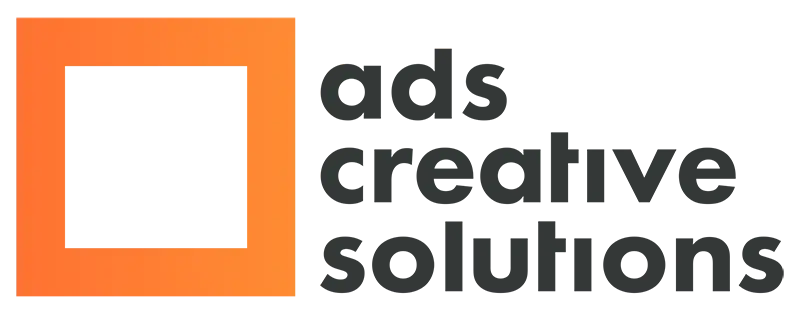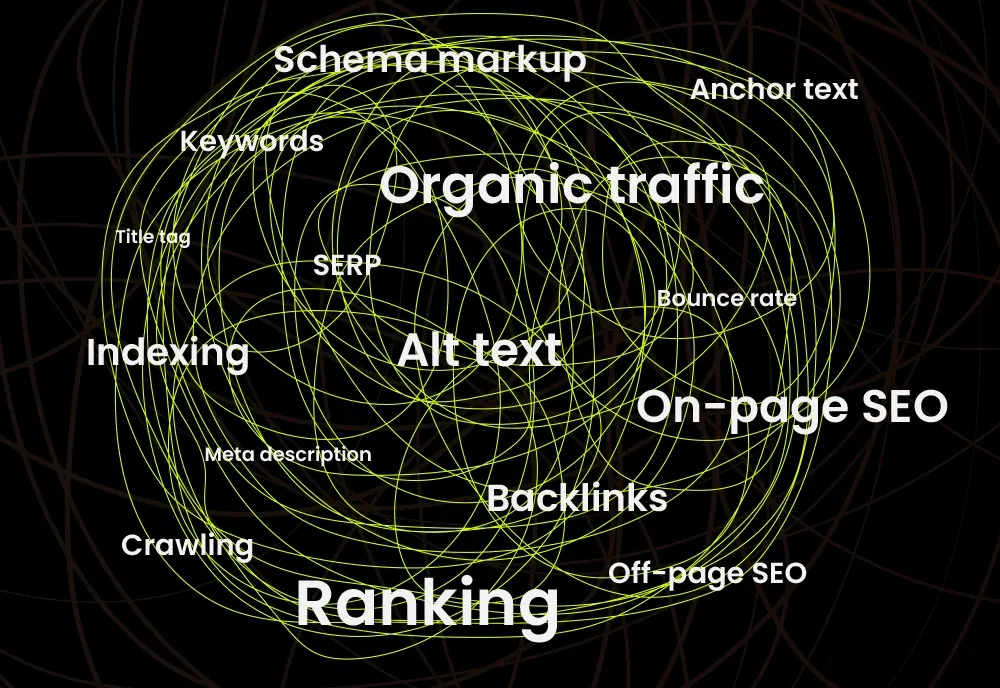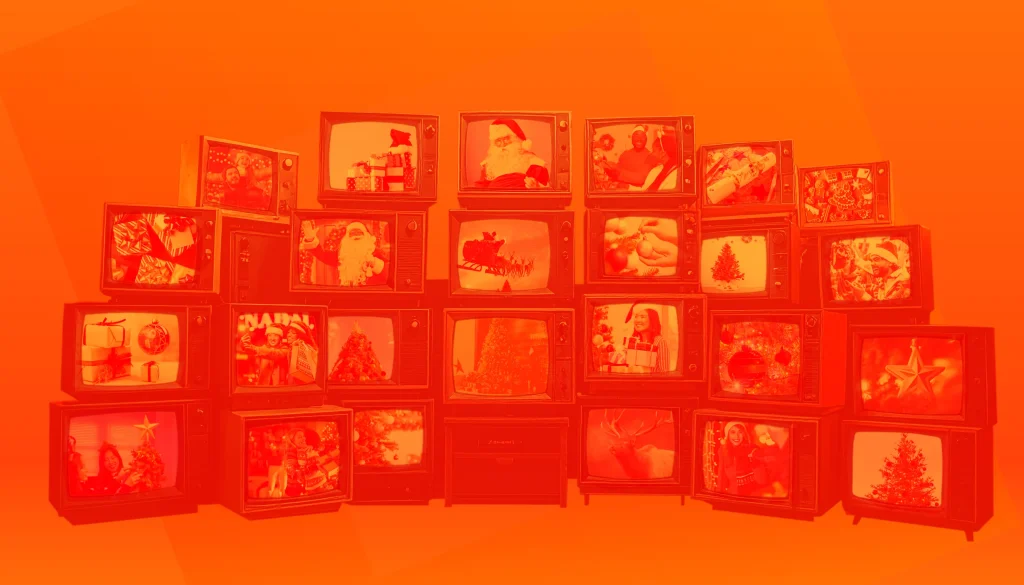We’re sure you’ve heard of the term “influencer” recently, especially if you’ve been spending a lot of time on Instagram. The role of an influencer has become more prominent when it comes to digital marketing and whilst it’s not a completely new existence, it has certainly grown from what you may have known in the past.
Let us talk you through the basic need-to-knows when it comes to influencers.
Jump to section:
Define Influencer
Simply put, it is a person who has the ability to influence their followers to purchase a product or service by recommending them on social media.
What are the different types?
An influencers’ following can vary, however, a bigger follower count doesn’t always mean the influencer is going to bring more success to your marketing campaign than a smaller one.
• Nano = 1,000 – 10,000 followers
• Micro = 10,000 – 50,000 followers
• Mid = 50,000 – 500,000 followers
• Macro = 500,000 – 1,000,000 followers
• Mega = 1,000,000+
Where will I find them?
Influencers are present all-over social media but are more commonly found on Instagram, YouTube and Tik Tok.
The Instagram influencer is probably the most widely recognised one, with the platform often drawing success for several business’ marketing through sponsored ads and stories.
TikTok is beginning to see more influencers flock to the app to promote products or services in fun and creative ways. YouTube is the go-to platform for in-depth videos of product reviews and unboxings.
How to find one?
Research, research, research. We can’t stress this enough. Using the discover function, aim to find individuals who are already talking about your industry.
Check their following to see if it matches your target audience – if it doesn’t move on. There is little point in getting an influencer to talk about your product if the person they’re talking to isn’t interested.
Getting in touch
Smaller influencers are often contactable through a direct message. Whereas larger influencers are usually represented by a management team – their contact details can normally be found in their bio.
Prices and negotiation
Prices and negotiation differ widely from one individual to another.
Smaller influencers often accept a product or service in exchange for a post. For example, think of a restaurant offering a free meal in exchange for a review.
Larger ones often require a fee for their services, these rates can range from £100 – £10,000. This is all negotiated with the brand manager, so it is difficult to put an exact figure for what you’ll pay.
Know what you want
When negotiating, it is important to know what you want from the partnership. Whether you’re after a single-story post with a tag or a series of posts including videos that give more depth to the product – make it clear.
In summary, ensure you do your research to find an individual that represents your brand the way you want them to. Adjust your sights accordingly and consider the size of the influencer that would complement your marketing strategy.






